The Importance of a Good Foundation

Build plates are one of the most important features of a 3D printer because they directly affect your ability to get good prints. The build plate typically attaches on top of an existing frame, and the frame is the basis of determining how level your bed will be.
There’s a wide variety of different build plates, including everything from glass to plastics. In this article, we’ll compare two common types, namely magnetic and polypropylene. We’ll go over the basics of each plate and some specific characteristics of each one.
Let’s jump in!
Some Basics
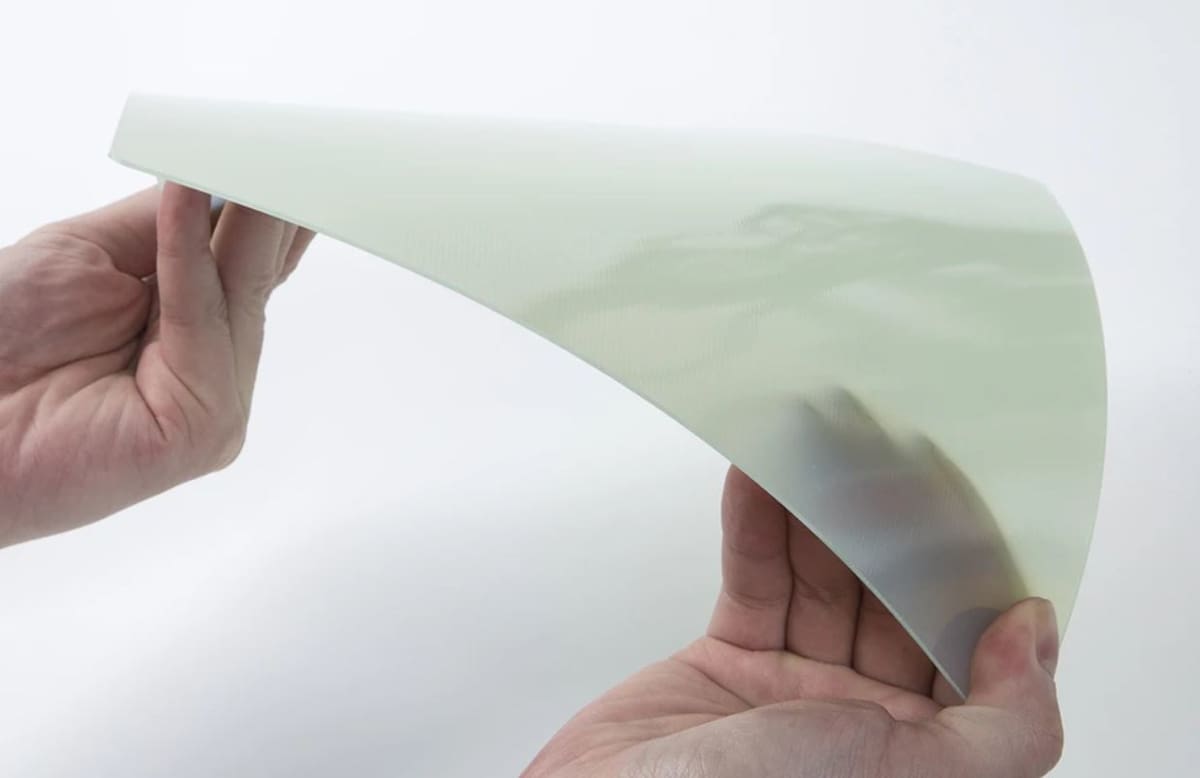
To start, these build plates are made of different materials. Polypropylene beds, as the name implies, are made out of polypropylene, which is a thermoplastic. This type of bed has a smooth finish on both the top and the bottom. Magnetic beds, on the other hand, typically have magnetic metal on the bottom and a textured or smooth print surface on top.
Magnetic and polypropylene print beds, unlike glass ones, are semi-flexible and have a little give in them (as seen in the picture). This bend makes it so that these build plates are less fragile than other types of build plates.
Most build plates, including polypropylene and glass, require binder clips or another attachment to hold the bed down to the frame. However, magnetic beds stick to the frame through magnetic force.
First-Layer Adhesion
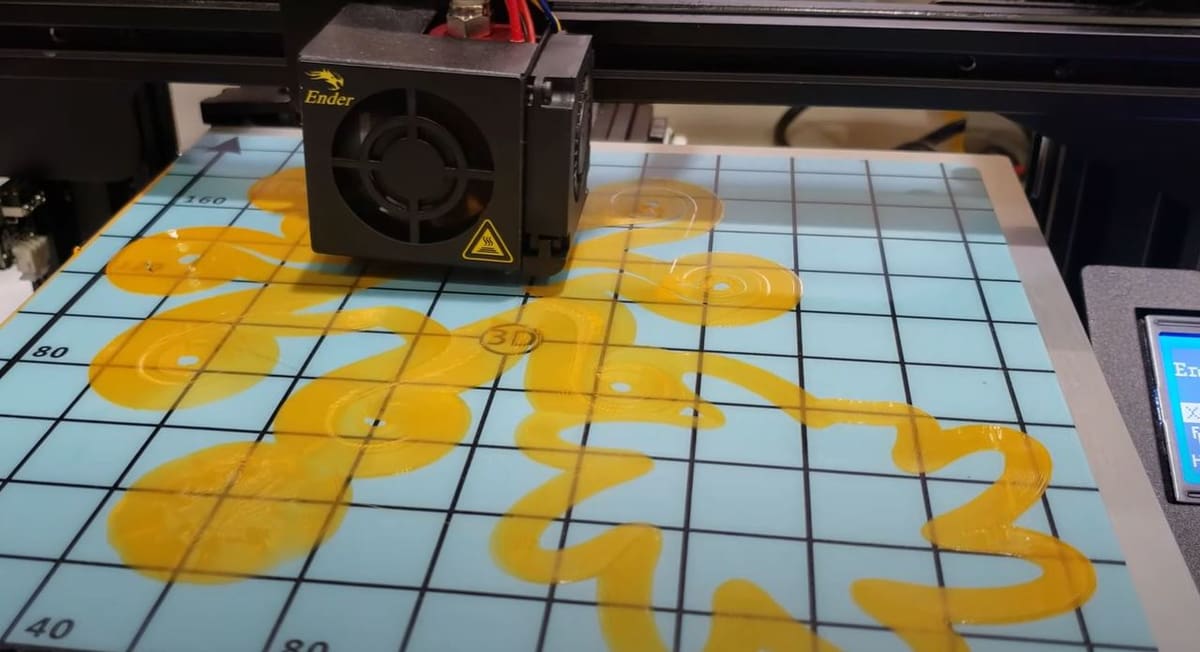
First-layer adhesion is important in 3D printing because a bad first layer can ruin a whole print. Ideally, the first layer of a print should stick easily onto the printer’s build plate.
Magnetic
Magnetic build plates have great adhesion, especially with PLA. However, with ABS and PETG, magnetic beds can sometimes be too adhesive, making print removal difficult.
Still, you’ll sometimes need to use an adhesive such as glue or painter’s tape to ensure that the print sticks. Beware that some magnetic bed manufacturers don’t recommend using these extra adhesives, so make sure to check with the seller.
Polypropylene
Polypropylene is excellent with first-layer adhesion, rarely requiring an extra adhesive. Thankfully, polypropylene build plates tend to maintain a similar level of adhesion after continued use and even when dirty.
There are two reasons why Polypropylene build plates have such good adhesion: They have a smooth surface finish, and they’re a type of plastic. Plastics bond best to other plastics, so when printing with PLA for example, you’re sure to get good first layer adhesion.
A well-known manufacturer of polypropylene build plates, Mamorubot, states that polypropylene print beds also work great with ABS, PLA, PETG, wood-infused filaments, nylon, PC, PP, and flexible materials.
Print Removal

While first-layer adhesion is an important aspect of a print surface, you’ll also want to be able to quickly and easily remove prints from the build plate. Print removal can be a tedious task if you are handling a fragile part and don’t want to damage it or the build plate.
Magnetic
Magnetic build plates shine in this area, as you can just bend the print bed to pop the object off. Since magnetic print beds can be removed from the frame, print removal is extra easy. Once the print is off, you can just place the magnetic side right back where it was.
Some users find that print removal can damage the surface though, so be careful and gentle when handling the bed and popping off a print. Being too aggressive with print removal could cause the bed to have unwanted bends and possibly even a crack.
Polypropylene
Print removal for polypropylene build plates is fairly standard. Users say that getting prints off the plate is very easy. The semi-flexibility of the polypropylene allows you to bend the bed a little, but you’ll have to remove the plate from the frame first to do so.
Cleaning
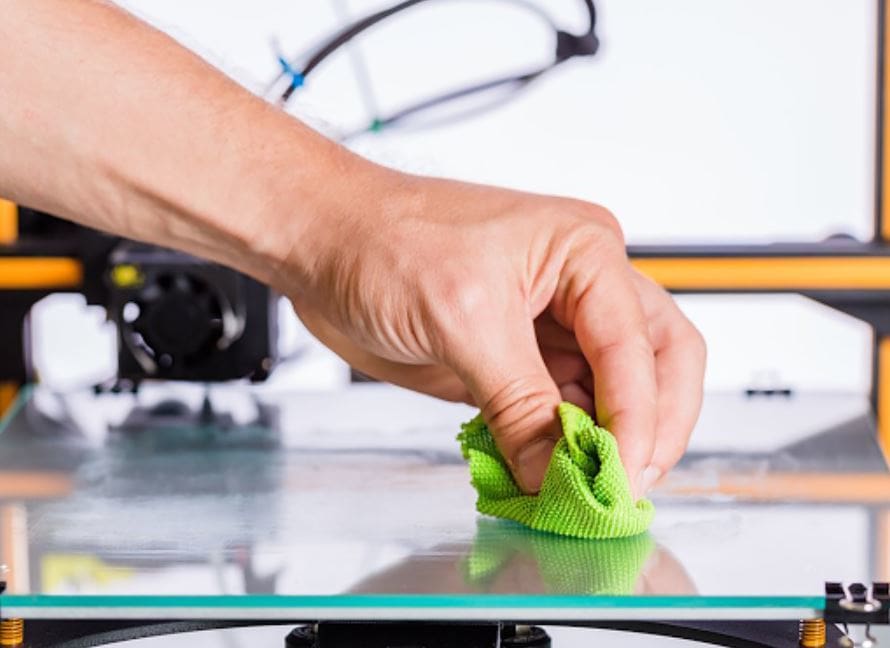
Cleaning can be a very important factor for a build plate. Minimal necessary cleaning is preferred as is having a variety of cleaning options.
Note that if you’re using an adhesive, for both types of build plates, you’ll need to clean a lot more often because of leftover adhesive residue.
Magnetic
For magnetic beds, it’s recommended that you use rubbing or cleaning alcohol to clean the bed surface. You could probably also use acetone, as it’ll dissolve any leftover plastic materials.
These cleaning methods shouldn’t have any significant reaction with the bed and will remove and dissolve any unwanted residue from the bed.
Polypropylene
Cleaning polypropylene build plates is easily done with glass cleaner or rubbing alcohol. One user shared that they cleaned their polypropylene bed with a cloth and 91% rubbing alcohol. You can also just use a damp cloth.
However, we don’t recommend using acetone because polypropylene build plates are made out of thermoplastic, which acetone could deform almost immediately.
Temperature
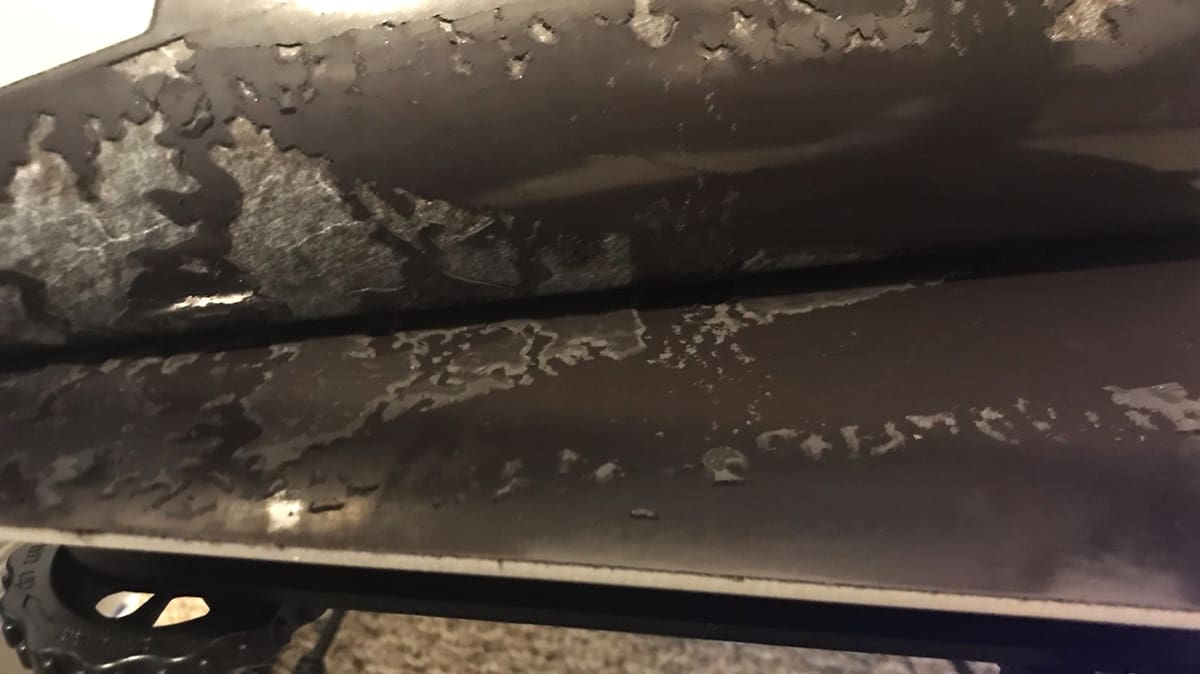
Not all types of beds can handle high temperatures, so make sure the bed you choose can handle the heat level required for whatever filaments you’re working with.
Magnetic
Magnetic build plates have varying temperature allowances because “magnetic” isn’t a material; how well a magnetic build plate conducts material depends on the magnetic material found on the bottom of the build plate.
Some can only go up to around 80 °C, while others can go up to as high as 150 °C. So, the temperature allowance really depends on the specific magnetic build plate that you buy. There are definitely different qualities for magnetic beds, so you’ll have to find a good one for your needs.
A Reddit user commented that heating a magnetic build plate above 85 °C degrades the magnetism of the bed. Make sure that you stick to the manufacturers’ recommended bed temperature to avoid any melting issues that some users have experienced.
Polypropylene
Since polypropylene build plates are primarily made out of polypropylene, there isn’t as much variation in temperature tolerance like there is with magnetic build plates. Polypropylene build plates generally have a maximum temperature of around 110-120 °C.
Because polypropylene is plastic, you shouldn’t heat your print bed up more than the manufacturer’s recommendations or it could deform (similar to how PLA does with sun exposure).
Durability

Even if you have a great build plate, you’ll want that greatness to last.
Magnetic
These build plates are pretty durable and will give you a good run for your money. There aren’t many reported issues concerning the loss of effectiveness over time with this type of build plate.
Polypropylene
Some users find that polypropylene build plates are easily scratched and damaged because they’re made out of plastic. Due to this, they’re also more susceptible to warping over time due to heat and use.
Cost & Options
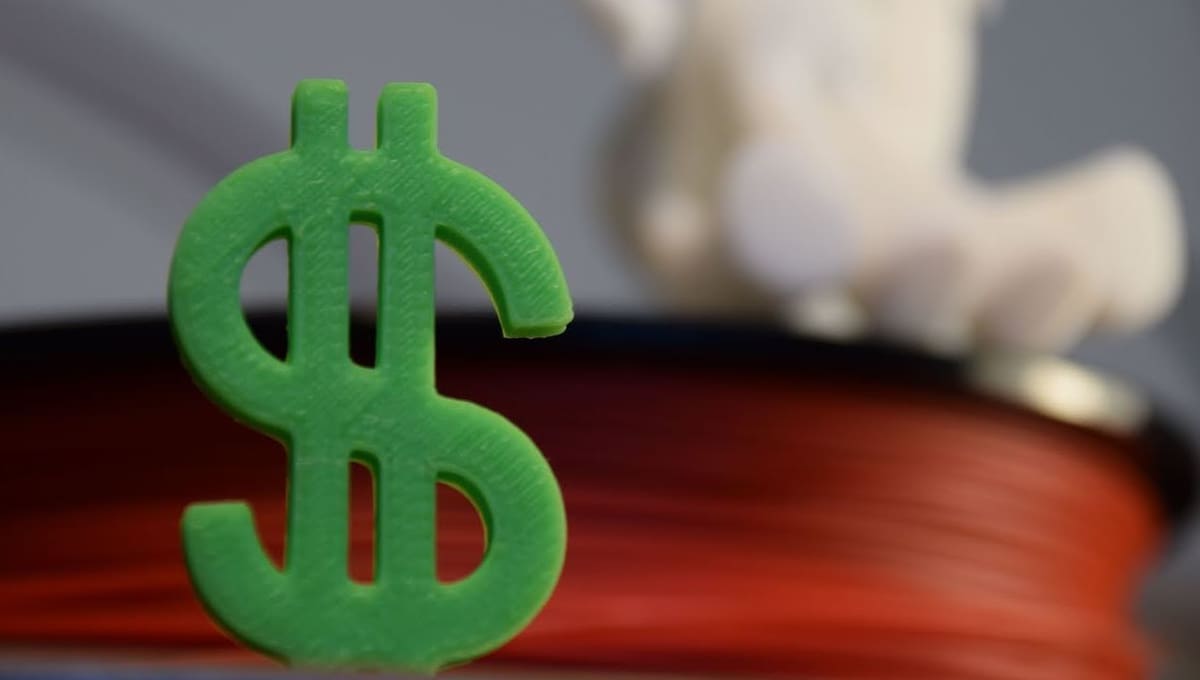
Lastly, you’ll need to consider the costs. Thankfully, these two options are both relatively inexpensive.
Magnetic
Magnetic build plates generally go for around $15 dollars. Although there are several great options, the two that we recommend are Creality and Hwa Kung.
Polypropylene
Polypropylene build plates are typically priced at around $20, so they’re slightly more expensive than magnetic build plates. That said, you’ll still find varying prices due to the purity of the plastic, the size of the plate, and other quality factors.
Polypropylene build plates might be a little harder to find because they aren’t used as often. This is most likely because people want a consistently flat build plate, and polypropylene beds are lacking in this aspect. Options are a bit limited, though Mamorubot is a solid choice.
Lead image source: ezContents blog
License: The text of "Magnetic vs Polypropylene Build Plate: The Differences" by All3DP is licensed under a Creative Commons Attribution 4.0 International License.